Running out of Hawaiian sea salt in the middle of a recipe can feel like hitting a snag.
We’ve all been there, rummaging through the pantry, looking for a quick fix.
Lucky for us, there are some amazing substitutes that can save the day.
You might wonder if ordinary table salt can stand in for the unique flavor of Hawaiian sea salt.
Spoiler: it’s not just about the saltiness.
The right substitute adds that distinct taste and crunch, bringing your dishes to life.
We’re here to spill the beans on the top five alternatives that keep your kitchen game strong.
No need to run to the store or scrap your meal plans.
These swaps are likely hanging out in your kitchen already, ready to jazz up your dishes.
What’s Hawaiian Sea Salt?

Hawaiian sea salt is a unique seasoning that adds a distinctive taste and texture to countless dishes.
Its origins are rooted in Hawaii’s history, as local cultures began harvesting and naturally drying the seawater centuries ago.
Finely grainy and slightly briny, this type of salt packs a flavorful punch and is extremely popular among chefs looking to add zest to their culinary creations.
However, Hawaiian sea salt can also be used for everyday cooking needs – from adding flavor to simple dishes such as mashed potatoes and pasta to being sprinkled on top of appetizers like popcorn or nuts.
Whether you need an ingredient for your favorite recipe or an interesting addition to any table, Hawaiian sea salt can provide both complex flavor and subtle texture.
The 5 Best Substitutes for Hawaiian Sea Salt
If you’re looking for a flavorful alternative to Hawaiian sea salt, these five substitutes will add unique flavor and texture to your dishes.
1 – Himalayan Pink Salt
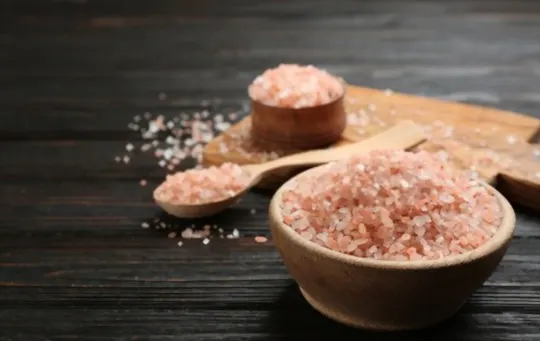
Himalayan Pink salt is a type of rock salt that hails from the foothills of the mighty Himalayas.
With its rosy hue and distinctive taste and texture, it’s quickly becoming a popular choice amongst chefs and foodies alike.
Its savory flavor makes it perfect for use as an everyday cooking condiment, while its crystalline structure adds interesting texture to meats, vegetables, and anything else you can imagine.
For those seeking a more subtle alternative to Hawaiian sea salt (which packs quite a punch.
), this one can easily substitute in recipes with little noticeable difference.
2 – Kala namak
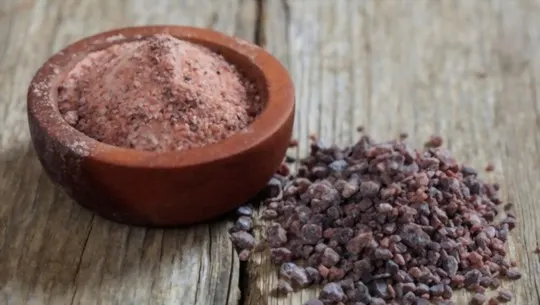
Kala namak, or Himalayan black salt, is a type of volcanic rock salt, pinkish in color when unground and grey in color after grinding.
It has an odor similar to that of hard-boiled eggs due to its high sulfur content.
In terms of taste and texture, it has a salty flavor with a slight note of sulfurous aroma, which makes it distinct from other types of salts.
Kala namak is a great substitute for Hawaiian sea salt as it can be used in the same way one would use table salt.
Its strong flavor pairs amazingly well with fish dishes, salads, and other savory snack ingredients.
Additionally, Kala namak is known to reduce acidity in foods while providing the same salty satisfaction found in Hawaiian sea salt.
3 – Fleur de sel
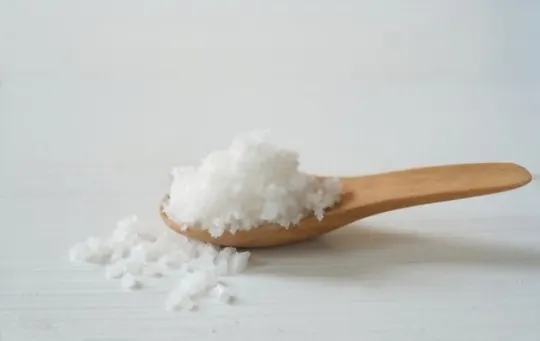
Fleur de sel is a unique, light-colored French sea salt that is renowned for its fine texture and delicate flavor.
It has a delicate texture that melts quickly, and it carries complex flavors like bursts of sweetness and hints of minerality.
Even though more expensive than other more common varieties of sea salt, such as Hawaiian sea salt, fleur de sel can be used as a substitute in any recipe.
Adding the right amount will bring an extra level of flavor to dishes.
When substituting it for Hawaiian sea salt, use significantly less because fleur de sel has much more flavor concentration.
4 – Kosher Salt
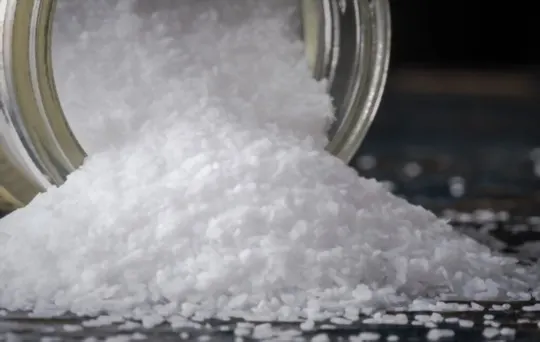
Kosher salt is a coarse, flaky salt that gets its name from the fact it is traditionally used in Jewish rituals.
When it comes to taste, kosher salt has a more robust flavor than regular table salt and is less salty than most other types of sea salt.
The flakiness also makes it great for sprinkling on food and absorbing moisture from outward surfaces like meat or vegetable dishes.
When cooking, some people prefer to substitute Hawaiian sea salt with Kosher Salt because they have similar textures and saltiness levels, but Kosher Salt is a lot more affordable than Hawaiian sea salt.
However, keep in mind when substituting one for the other, the measurements may differ slightly as the grain sizes vary between each type of salt.
5 – Coarse Sea Salt
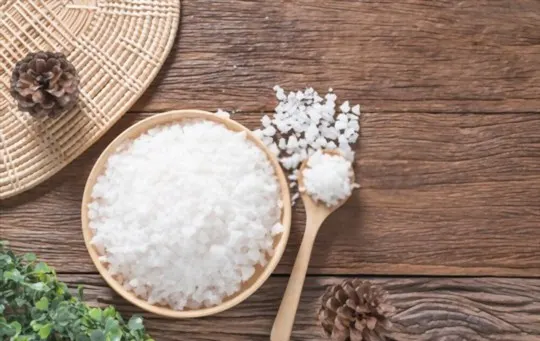
Coarse sea salt can be a great addition to any kitchen.
Its flavor and texture make it a favorite among chefs, as it lends its characteristic crunch to dishes.
Coarse sea salt gets its origin from evaporating seawater, just like Hawaiian sea salt; however, the two differ in terms of grain size because coarse sea salt chunks are much larger than those of Hawaiian sea salt.
If you need an alternative to Hawaiian sea salt but still want some crunch, then coarse sea salt is a good substitution.
This type of salt delivers a noticeable salty taste without being too overpowering and makes for an ideal garnish or topping for pasta, salads, and side dishes.
Conclusion
In conclusion, there are a wide variety of substitutes for Hawaiian sea salt, which can provide an interesting way to add flavor, texture, and depth to any dish.
Whether you choose Himalayan Pink salt, Kala namak, Fleur de Sel, Kosher salt, or coarse sea salt, these alternatives can help bring out the best in your food without overpowering it.
Experiment with different types to find the one that fits your palate best.
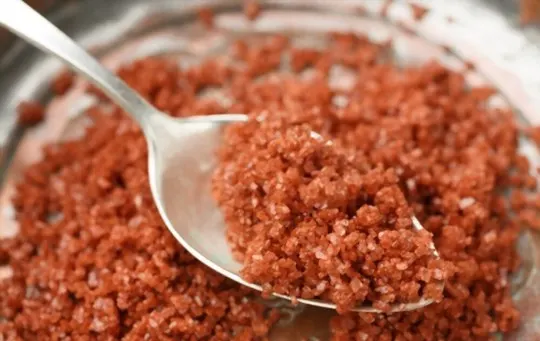
The 5 Best Substitutes for Hawaiian Sea Salt
Ingredients
- Himalayan Pink Salt
- Kala namak
- Fleur de sel
- Kosher Salt
- Coarse Sea Salt
Instructions
- Pick your favorite substitute from the list above.
- Follow cooking directions for your selected substitute with the proper ratio of ingredients.

Andrew Gray is a seasoned food writer and blogger with a wealth of experience in the restaurant and catering industries. With a passion for all things delicious, Andrew has honed his culinary expertise through his work as a personal chef and caterer.
His love for food led him to venture into food writing, where he has contributed to various online publications, sharing his knowledge and insights on the culinary world. As the proud owner of AmericasRestaurant.com, Andrew covers a wide range of topics, including recipes, restaurant reviews, product recommendations, and culinary tips.
Through his website, he aims to inspire and educate fellow food enthusiasts, offering a comprehensive resource for all things food-related.

Leave a comment